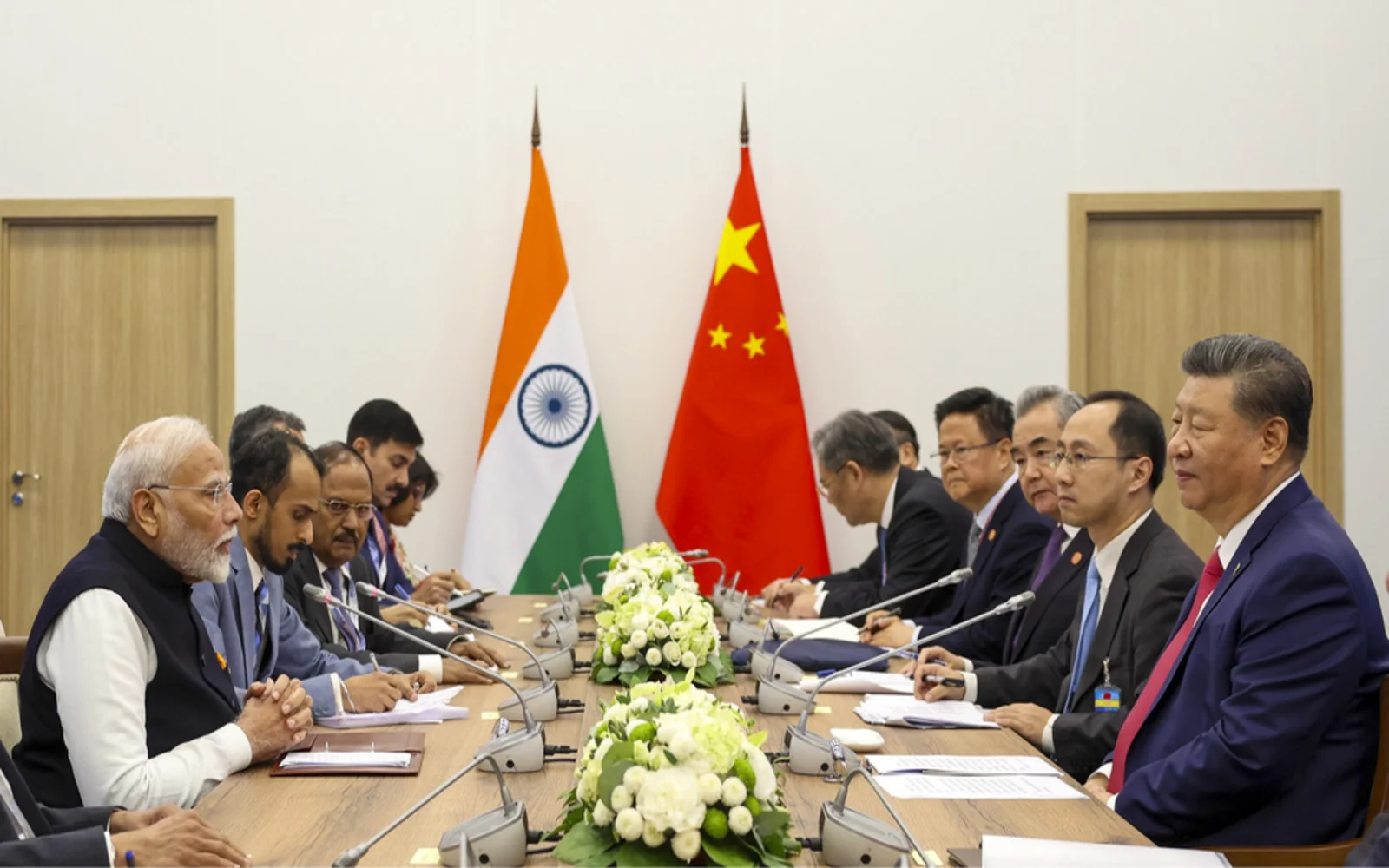In a significant development four years after the tense Galwan Valley clash, India and China have reached a new agreement that allows for patrolling along the Line of Actual Control (LAC). This breakthrough was announced by External Affairs Minister S. Jaishankar at the NDTV World Summit, indicating a return to pre-May 2020 patrolling norms, which could pave the way for reduced tensions. Here’s a closer look at what this agreement entails and its implications. 📜
Key Highlights of the Agreement 🌟
- De-escalation of Tensions:
- The agreement signals a much-needed move towards reducing hostilities in a region where both nations have stationed large numbers of troops. 🛡️
- By reverting to previous patrolling norms, the risk of skirmishes due to close military encounters is minimized. 🤝
- Stabilization of the Region:
- This arrangement aims to stabilize the situation along the LAC, especially at friction points like Depsang Plains and Demchok. 🗺️
- Stability may create a conducive environment for broader negotiations concerning boundary disputes. ⚖️
- Confidence-Building Measure:
- Resuming patrols based on the pre-2020 framework serves as a confidence-building measure, showing both countries’ willingness to restore a previously acceptable status quo. 👍
- This move lays the groundwork for further dialogue and trust between the two nations. 🗣️
Political Implications 🏛️
- Enhanced Diplomacy:
- The agreement could lead to higher-level diplomatic engagements, potentially allowing for meetings between leaders at international forums. 🌐
- For India, it means better management of border infrastructure development without the immediate threat of conflict. 🏗️
- Strategic Considerations for China:
- For China, stabilizing its border with India amid global tensions may reflect a strategic choice to maintain focus on domestic issues while managing international relationships. 🔄
The Galwan Clash: A Background Reminder 📅
The Galwan clash on June 15, 2020, marked a significant escalation in hostilities, resulting in casualties on both sides—20 Indian soldiers lost their lives, while Chinese casualties remain contested. ⚔️ This confrontation highlighted the longstanding border disputes and differing perceptions of the LAC, leading to heightened tensions and subsequent de-escalation talks. 💔
Other Friction Points 🗺️
The LAC is not without its challenges. Apart from Galwan, there are other critical friction points:
- Demchok:
- Split along the LAC, with India controlling the west and China the east. Disputes are centered around historical treaties and the exact alignment of the LAC. 📜
- Pangong:
- The lake area is divided, with significant portions under Chinese control. Discrepancies in LAC perceptions lead to military standoffs and buffer zones. 🚧
- Hot Springs:
- This area is crucial for India’s surveillance and defense posture, providing strategic advantages in monitoring movements in Aksai Chin. 🔭
- Depsang Plains:
- Vital for accessing the Daulat Beg Oldie (DBO) airstrip and the Darbuk-Shyok-DBO road, control here is critical for India’s northern border defense. ✈️
Conclusion 🔍
The recent patrolling agreement between India and China marks a pivotal moment in their bilateral relations, suggesting a mutual interest in reducing tensions and fostering dialogue. 🤔 While challenges remain along the LAC, this development could lead to more stable interactions and a path toward resolving longstanding disputes. 🌏✌️
